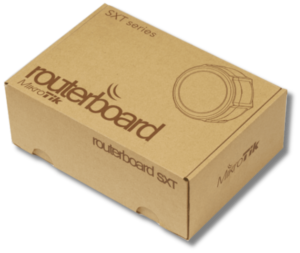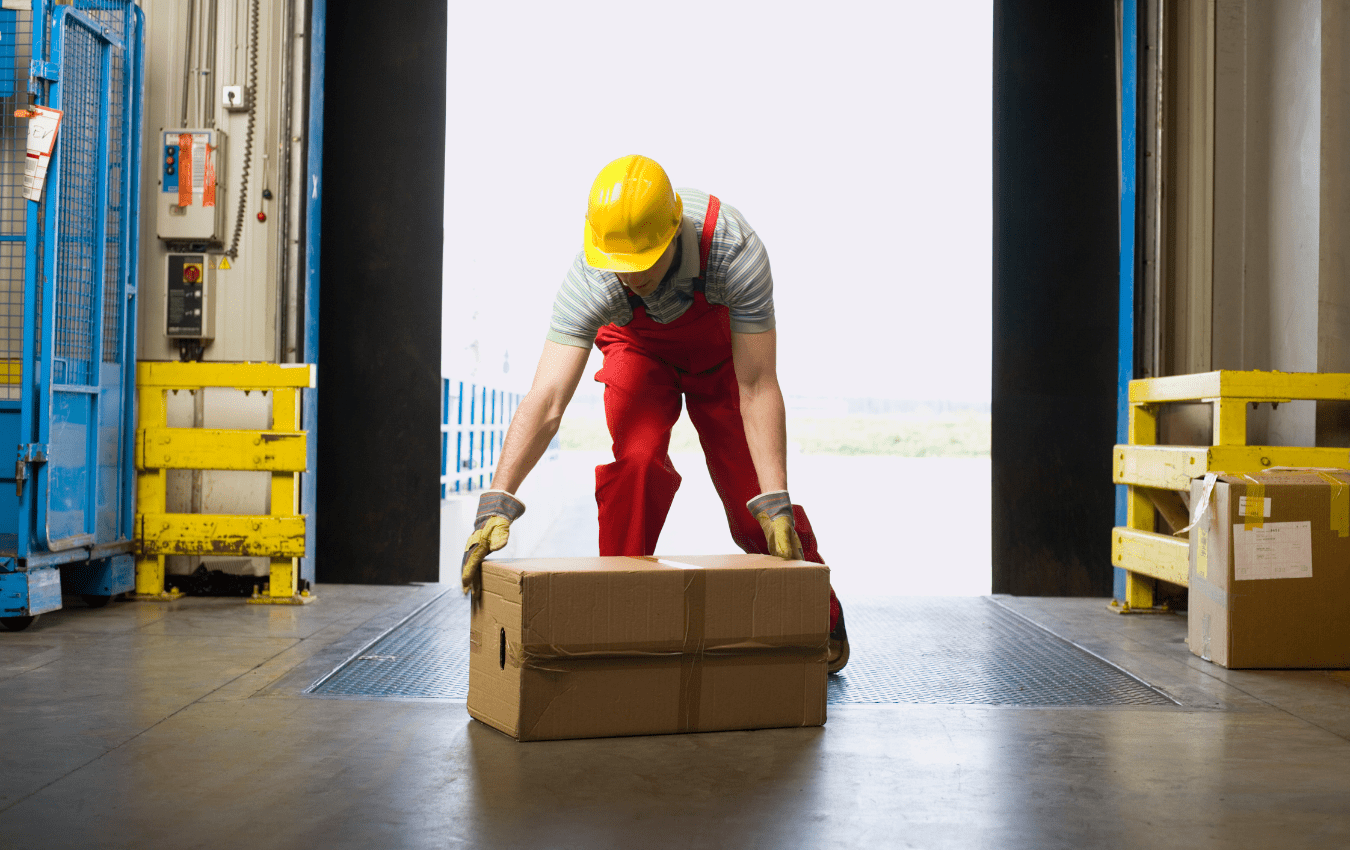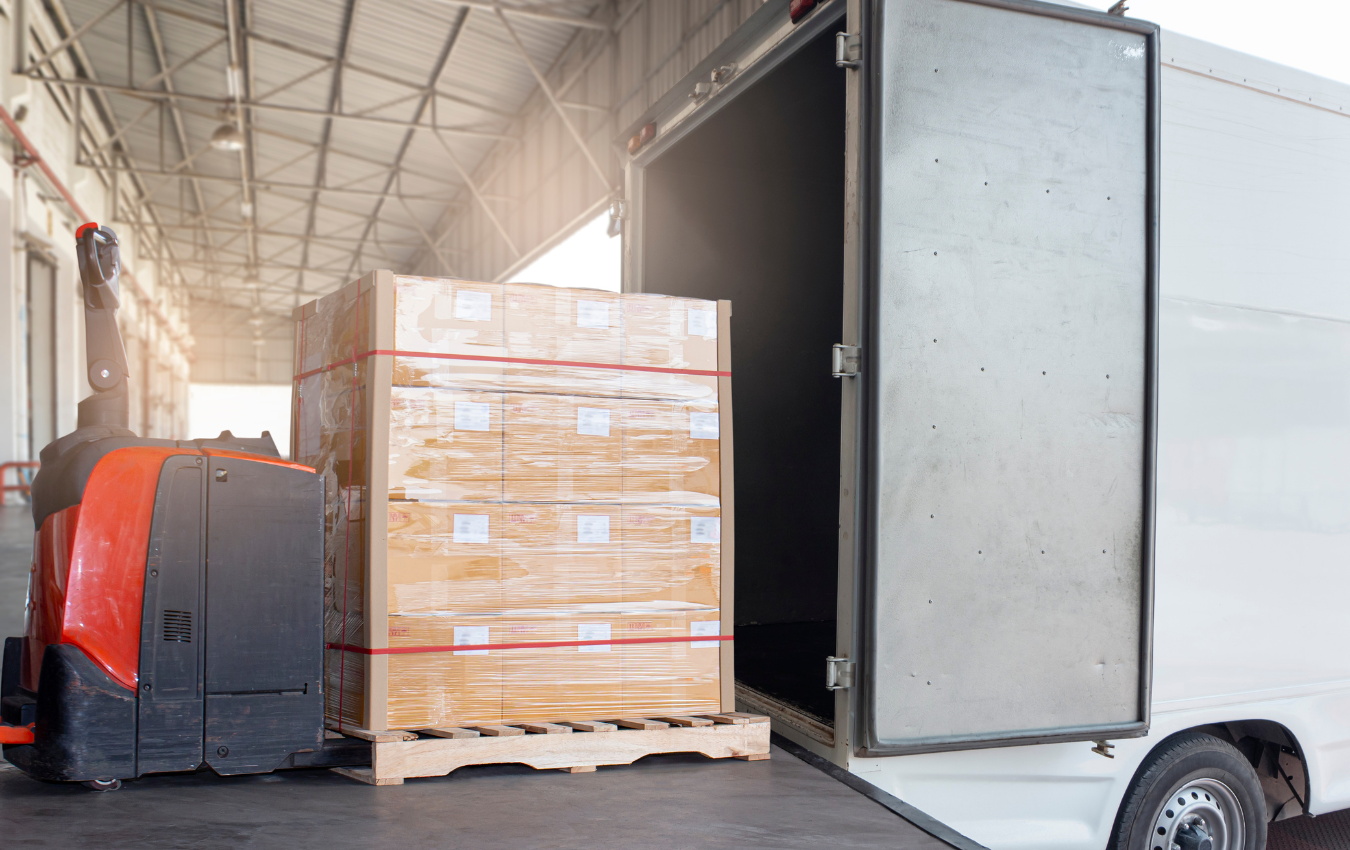Home » How Tariffs Will Impact Packaging Lead Times in 2025
How Tariffs Will Impact Packaging Lead Times in 2025
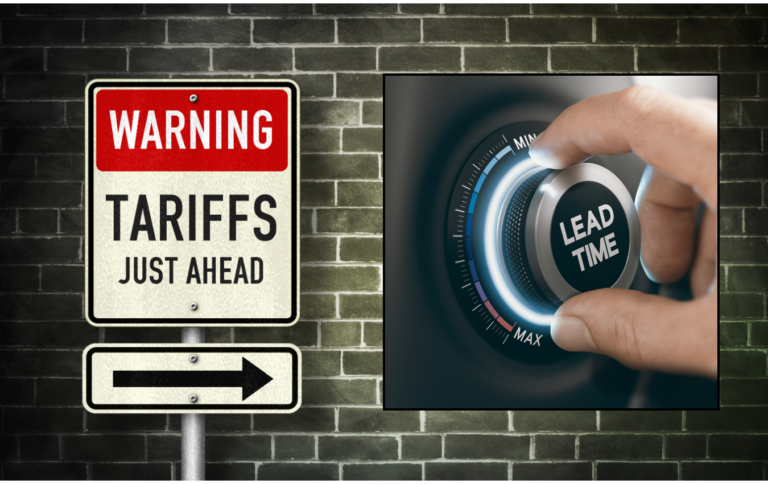
Tariffs proposed for 2025 are set to reshape the packaging industry, driving changes in costs, sourcing, and lead times. For packaging buyers, one of the most critical adjustments will be navigating disruptions in lead times, as tariffs incentivize a shift toward domestic sourcing. Understanding how these changes will affect procurement timelines is essential for maintaining smooth operations in the evolving marketplace.
The Role of Tariffs in Extending Lead Times
The proposed tariffs aim to reduce reliance on imported packaging materials and finished products. While this promotes domestic manufacturing, it also introduces challenges:
- Supply Chain Realignment: A sudden increase in demand for U.S.-sourced packaging can strain domestic suppliers, leading to extended production schedules.
- Limited Domestic Capacity: Many U.S. packaging manufacturers operate at near-full capacity, and scaling up to meet demand will take time.
- Customs Delays: For businesses still reliant on imports, the additional administrative processes associated with tariffs could delay shipments further.
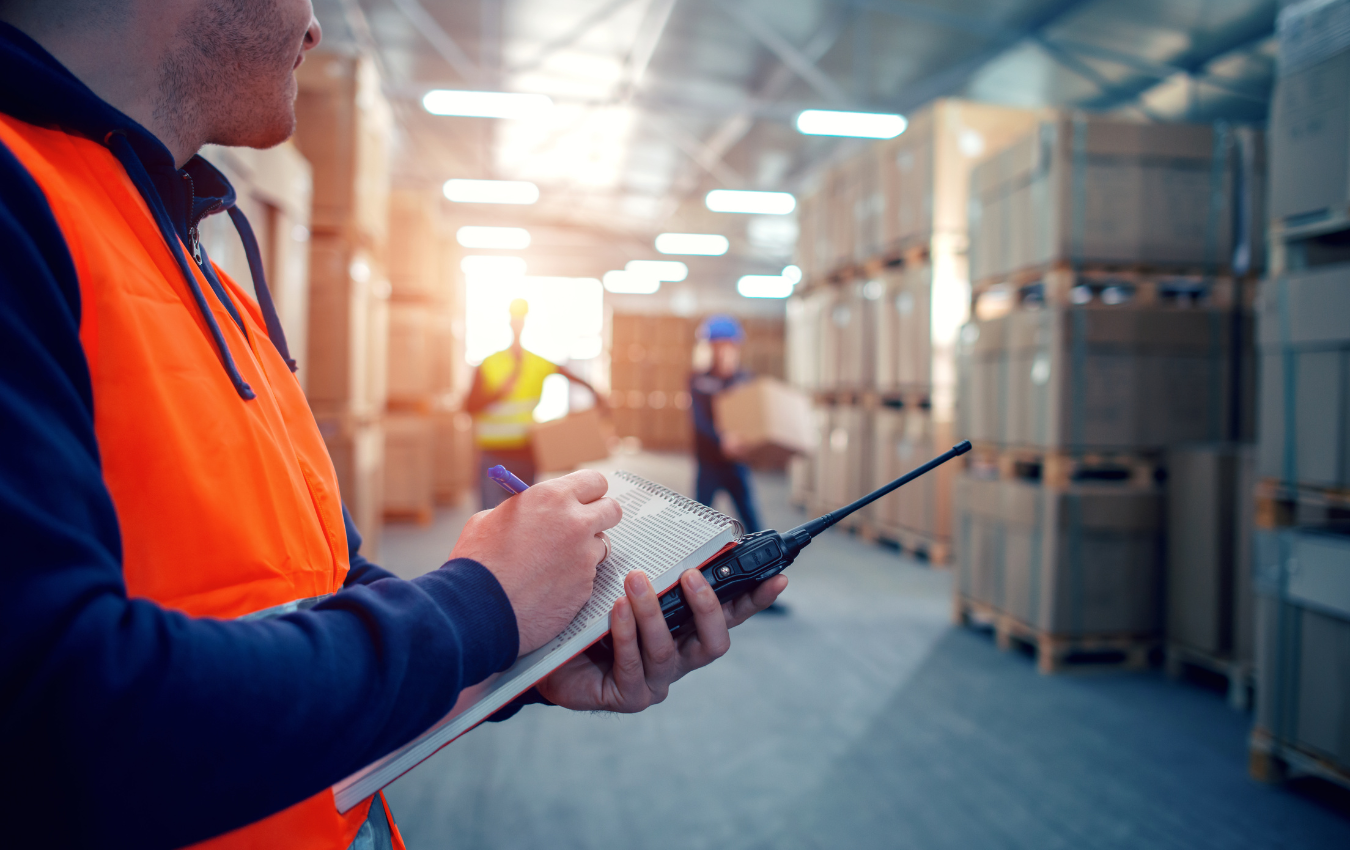
Factors Contributing to Longer Lead Times
Supply Chain Bottlenecks
As businesses pivot to domestic suppliers, these manufacturers may struggle to meet the surge in demand. The result could be production backlogs, delaying order fulfillment.
Increased Competition for Materials
Materials like paperboard, corrugated cardboard, and plastics are expected to see heightened demand domestically. With limited availability, buyers may face longer waits for procurement.
Import Delays and Costs
For companies that continue importing, tariffs create new challenges:
- Administrative Processes: Tariff-related documentation and compliance checks can slow customs clearance.
- Reduced Import Volume: Higher costs from tariffs may lead suppliers to reduce shipments, further limiting availability.
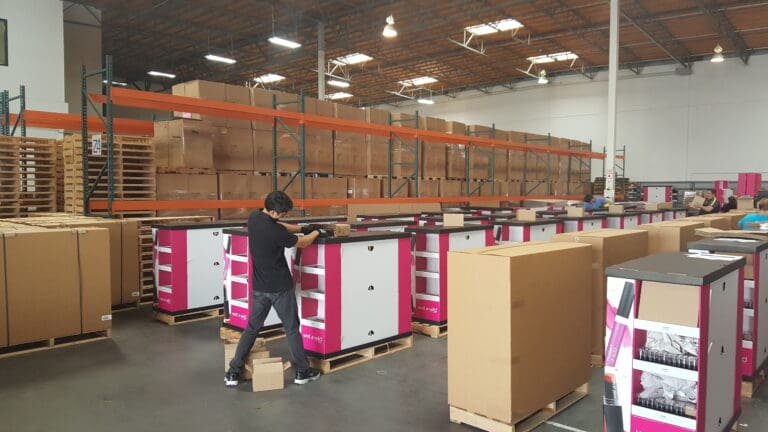
Industries Most Affected by Lead Time Changes
Certain sectors within the packaging industry are particularly vulnerable to lead time extensions:
- Custom Packaging: Projects requiring unique designs or specialized materials often involve longer production cycles, which could be further extended by domestic supplier backlogs.
- High-Volume Orders: Bulk orders for e-commerce, retail, or manufacturing sectors may experience delays due to limited production capacity.
- Sustainable Packaging: Eco-friendly materials like recycled kraft paper may face higher demand, lengthening procurement timelines.

Proactive Strategies to Manage Lead Times
To mitigate the impact of tariffs on lead times, packaging buyers can adopt several strategies:
Partner with Multiple Suppliers
Diversifying your supplier base can reduce reliance on any single manufacturer, providing flexibility if one supplier experiences delays.
Plan Ahead and Stockpile
Extended lead times require more precise forecasting and inventory management. Stockpiling essential materials when possible can help prevent disruptions.
Leverage Local Sourcing
While domestic suppliers may face initial challenges, working with local manufacturers can eliminate the delays associated with customs processes and long-distance shipping.
Optimize Packaging Design
Reducing complexity in packaging designs can shorten production times. For instance, shifting from multi-component packaging to simpler, mono-material designs can streamline manufacturing.
Utilize Advanced Planning Tools
Digital tools for demand forecasting, order tracking, and supply chain management can provide real-time insights, enabling better planning and quicker response to disruptions.
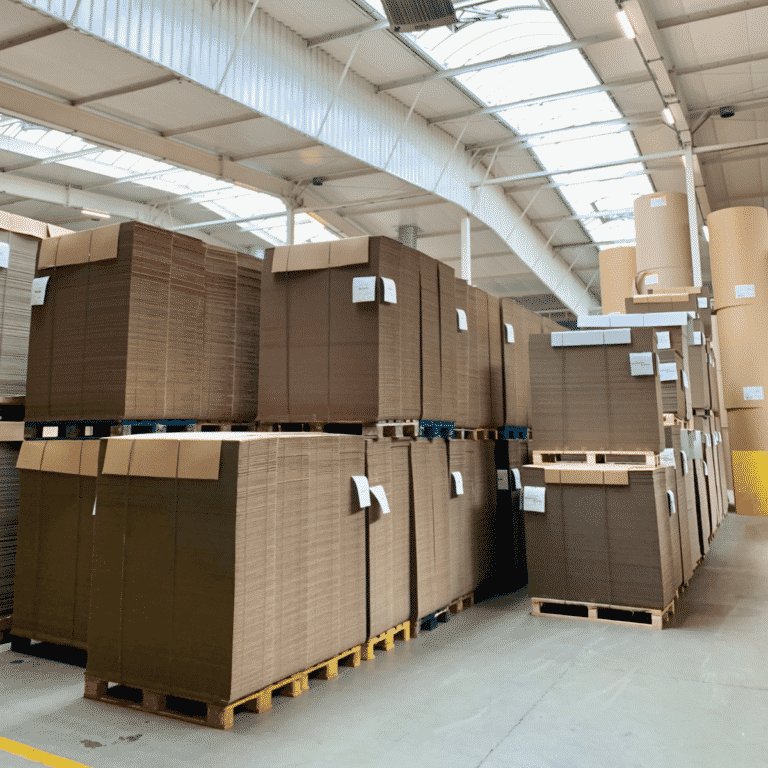
Opportunities Amid Challenges
Despite the potential for longer lead times, tariffs could drive positive changes for the packaging industry over the long term:
- Investment in Domestic Infrastructure: Increased demand for U.S.-sourced packaging may lead to expansion and modernization of domestic manufacturing facilities, ultimately reducing lead times.
- Stronger Buyer-Supplier Relationships: Closer collaboration between buyers and domestic suppliers can foster innovation and improve lead times over time.
- Enhanced Supply Chain Resilience: Reduced reliance on global supply chains mitigates risks from international disruptions, such as shipping delays or geopolitical tensions.
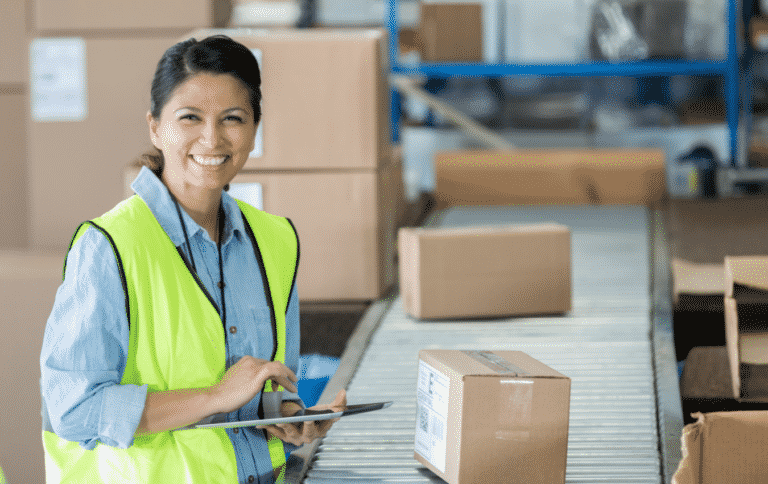
What Packaging Buyers Need to Know
To thrive in this changing environment, packaging buyers must prioritize proactive planning and supplier collaboration. By understanding how tariffs influence lead times and adapting strategies accordingly, businesses can maintain operational efficiency and avoid costly delays.
In Summary: Tariffs are set to create challenges in packaging lead times, but with the right preparation and strategies, businesses can adapt effectively. Focus on building flexible supply chains, optimizing packaging designs, and leveraging local sourcing to minimize disruption and ensure success in 2025 and beyond.
If you are interested in limiting the impact of tariffs on your packaging, then partner with Brown Packaging today to get started.
In the retail environment, the placement of Point of Purchase (POP) displays is just as critical as their design and content. Strategic positioning can significantly influence consumer behavior, increase product
Choosing the right foam density isn’t about “soft” versus “hard” — it’s about controlling shock transmission and matching the foam’s cushioning curve to the product’s fragility. Using the wrong density
Moisture resistance and dimensional stability are critical performance factors for custom inserts, especially when products are shipped or stored in variable climates. Both foam and corrugated materials react differently to
Sustainability in pet food packaging is not just about recyclability—it’s about reducing environmental impact across the entire lifecycle. For products with high barrier needs like dry kibble, wet food, and
Home » How Tariffs Will Impact Packaging Lead Times in 2025


